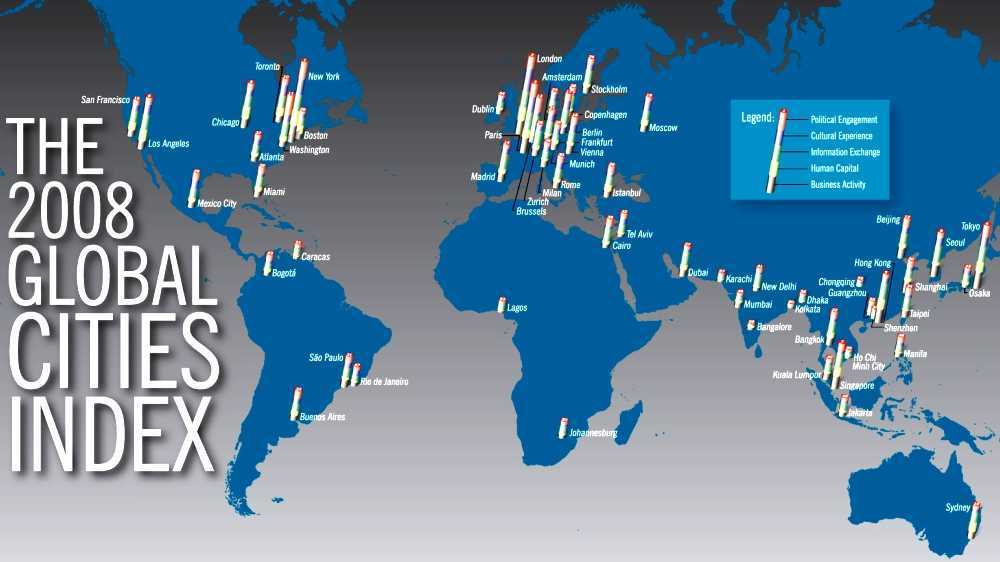


There is a global division of functions that feeds off the specialized differences and complementarities of cities and regions. Since the 1990s much of the world has seen a shift toward targeting such subnational entities as global cities and high-tech districts. One of these trends, quite counter-intuitive, is that the deep economic histories of major cities and city-regions matter more in today’s global economy than they did in the Keynesian period geared towards national territorial convergence and standardization. Here I want to emphasize briefly two trends that underline some of the features of inter-city economic networks. Overemphasizing competition also leads to missed opportunities for cities, such as developing parallel networked inter-city policy initiatives centered on the growing economic importance of inter-city networks for firms and markets. But inter-city competition is only half the story, and overemphasizing it leads to misunderstandings of how the global economy actually functions. There is competition, and as a city like Shanghai gains power, others such as Tokyo and Taipei lose some power-investment, prestige, and perhaps more than anything else, clout. The scales of such networked systems vary they can be global, regional, subnational.

The rapid and spectacular rise of Shanghai as a global city has, regrettably brought back to life a series of arguments that overemphasize inter-city competition and leave out the growing importance of networked inter-city systems and dynamics. Locating Cities in Global Networks: Tokyo and Regional Structures of Interdependence By Saskia Sassen


 0 kommentar(er)
0 kommentar(er)
